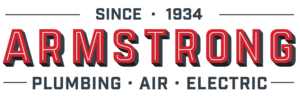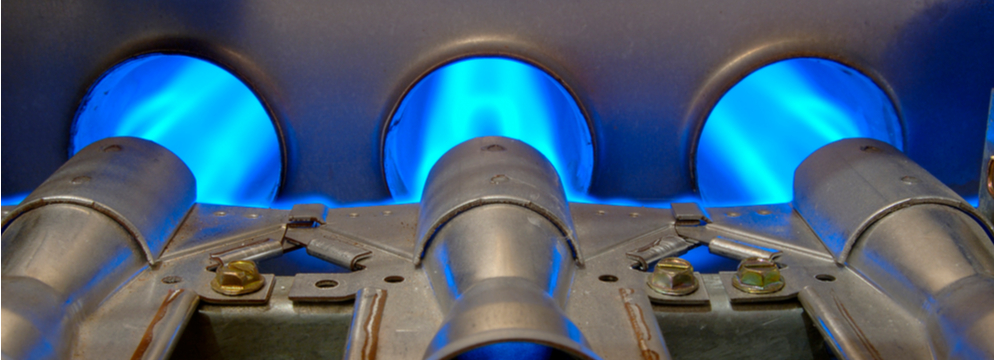Winter temperatures can get downright chilly here in the Lubbock, Texas area, so making sure your commercial business furnace is operating correctly, efficiently and safely is of paramount importance. The furnace is made up of several key components, including the gas valve, burners and blowers. Perhaps the most crucial component in a correctly working furnace is the heat exchanger. Armstrong Plumbing, Air & Electric wants all of our commercial business partners to feel confident in the operation of their furnaces, so we are going to focus on what a heat exchanger is and why any malfunction or crack in one should be addressed immediately.
HEAT EXCHANGER 101
The heat exchanger is of utmost importance because it is the component that actually warms the air that is pumped into your commercial building or home. It is also responsible for keeping the air that your workers and customers breathe separate from the harmful gases that are a byproduct of the combustion process. This means that the heat exchanger is critical in preventing carbon monoxide poisoning, which can lead to illness or even death if it reaches high concentration levels.
The heat exchanger functions by exchanging (or transferring) the heat created in the combustion chamber outside of the unit, where the HVAC system blower distributes it into the ductwork system for delivery. During the process, it separates the harmful gases that are created by combustion and vents them from the building. Over time, the heat expands and contracts the metal casing of the heat exchanger, resulting in a weakening of the metal. This can cause a crack in the casing, which can allow harmful CO gases into the living areas. If you suspect your system is cracked or malfunctioning, don’t wait; call one of our professional HVAC technicians for immediate service.
FURNACE ISSUES
Here are signs that your furnace heat exchanger be cracked and operating unsafely:
- Strange odors. A crack can lead to a strong chemical smell – similar to alcohol or formaldehyde – which can cause headaches.
- Yellow furnace flame. A typical furnace flame should be blue; if it’s yellow or flickering, it could mean a damaged system.
- Noticeable soot. This is a sign of incomplete combustion and a likely cracked or damaged heat exchanger
- Puddled water. If you notice water pooling around the base of your furnace, there’s a strong possibility it is a heat exchanger issue. Another potential cause could be condensation issues with the system humidifier.
BETTER CALL ARMSTRONG
Like all mechanical systems, your furnace will accumulate wear/tear and break down over time. This includes your heat exchanger, which may eventually crack due to heating/overheating. Call Armstrong today and schedule a complete furnace tune-up. Our pros will check – and recheck – the furnace operations and make sure the system is operating efficiency and safely. And don’t forget to ask about our Armstrong Service Agreement Plan, which includes annual furnace checkups.








